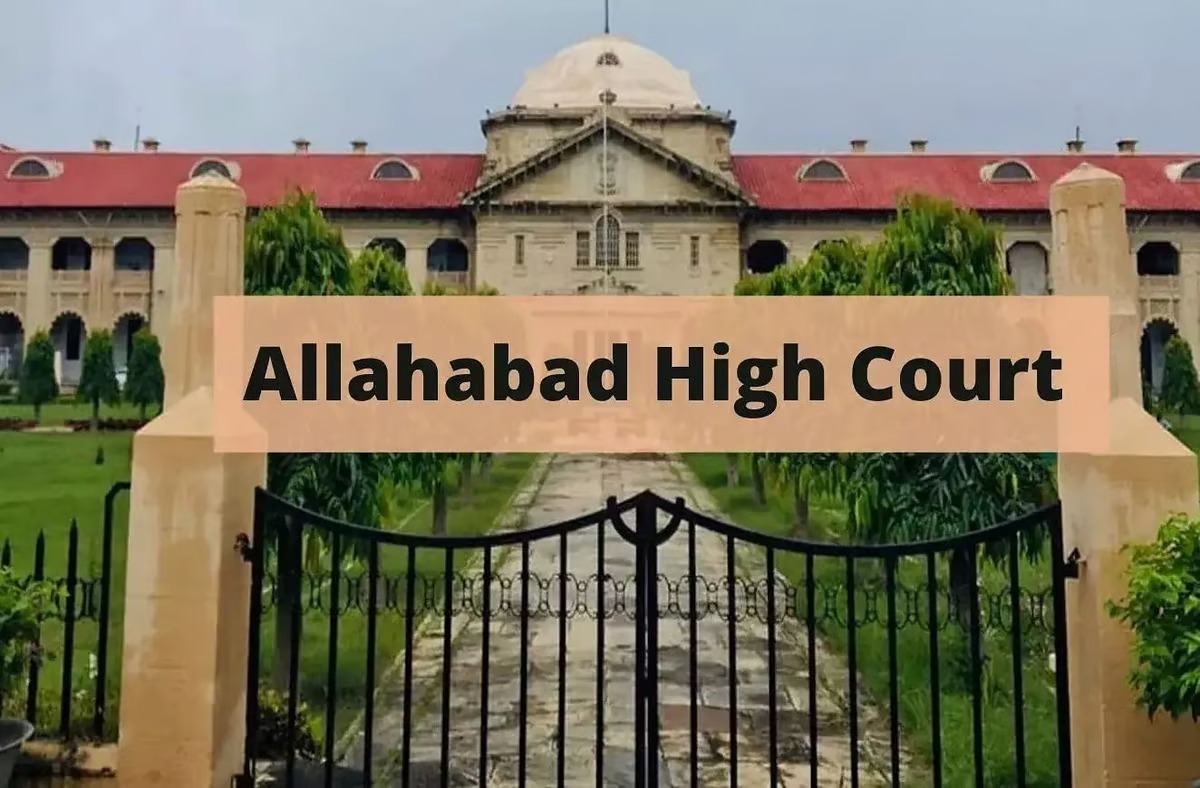@JUDGMENTTAG-ORDER
Govinda Menon, J
1. This is an application filed by the State u/s 5 of the Limitation Act for condoning the delay of 30 days in filing an appeal against the order of acquittal u/s 417 Cr. P. C. In the affidavit in support of the petition the State has explained the cause for the delay. The judgment was delivered on 28-3-1963, the same day application for copy of the judgment was made and copy was received on 9-4-63. After the copy was received, the Collector addressed the Advocate-General on 16-5-63 for eliciting his opinion and the views of the Advocate-General was communicated to the Government on 4-7-1963 and on 27-7-1963 the Government authorized the filing of an appeal and the appeal was filed on 7-8-1963. It was argued by the State Prosecutor that the delay in filing the appeal was bona fide and for sufficient cause as the State Government had to be consulted in the matter and certain other formalities had also to be gone through before the filing of an appeal could be authorized. The accused in the case who have been given notice of the petition has opposed the application and filed a counter-affidavit and they contended that no sufficient cause exists for condoning the delay. Section 5 of the Limitation Act gives a discretionary power to the courts in a given case to condone the delay to enlarge the period of limitation. As was observed in
It has been repeatedly said by judges that the discretion given to courts by that section cannot be crystallized into a rigid rule of Jaw but has to be exercised in each case with reference 10 its own special facts and with a view to secure the furtherance of justice. Or, as Lord Selborn observed in Carter v. Stubbs ((1880), 6 QBD 116), that there is no positive rule as to an absolute statement of the cases, in which and in which only the discretion of the judge or court should be exorcised to enlarge the time of appealing and that in each individual case the surrounding circumstances must be looked into.
So what has to be seen is whether in this particular case there exist any sufficient reasons to excuse delay. The only circumstance relied upon by the State Prosecutor is as what he himself says, the delay in filing the appeal is the inevitable delay in the handling of the case by the State Government as it had to be consulted and certain formalities had to be gone through before the appeal could be filed.
The law of limitation operates equally for or against a private individual as also a Government. No special indulgence can be shown to the Government, which in similar circumstances is not to be shown to an individual suitor. If it is felt that the Government departments delay matters so much that the periods of limitation already prescribed in the Limitation Act, namely, three months is not long enough for the Government or its agents, then the better course is to obtain amendment of the law through the legislature rather than to make an application to the court, invoking its power u/s 5 of the Limitation Act. We are of opinion that such delays in Government offices are no justification for invoking the power of the Court u/s 5 and would not amount to sufficient cause.
2. The principles for the application of Section 5 have been explained in a recent decision of the Supreme Court in
In construing S. 5 it is relevant to bear in mind two important considerations. The first consideration is that the expiration of the period of limitation prescribed for making an appeal gives rise to a right m favor of the decree-holder to treat the decree as binding between the parties. In other words, when the period of limitation prescribed has expired the decree holder has obtained a benefit under the law of limitation to treat the decree as beyond challenge, and this legal right which has accrued to the decree-holder by lapse of time should not be light-heartedly disturbed. The other consideration which cannot be ignored is that if sufficient cause for excusing delay is shown, discretion is given to the court to condone delay and admit the appeal. This discretion has been deliberately conferred on the court in order that judicial power and discretion in that behalf should be exercised to advance substantial justice
3. As observed by Sir Lawrence Jenkins in Krishnaswami Panikondar v. Ramaswami Chettiar (A. I. R. 1917 P. C. 179):
It is the duty of a litigant to know the last day on which he can present his appeal, and if through delay on his part it becomes necessary for him to ask the court to exercise in his favor the power contained in S. 5 of the Indian Limitation Act, the burden rests on him of adducing distinct proof of the sufficient cause on which he relies.
In deciding this case, we have kept in the forefront the weighty observation of Venkatarama Ayyar J. of the Supreme Court, who pronounced the unanimous opinion of the Court, in Dinabandhu Sahu v. Jadumoni Mangaroj (A. I. R. 1954 S. C. 411 at p. 414):
As was observed in the full bench decision Krishnan v. Chatfiappan (I. L. R. 13 Mad. 269) in a passage which has become classic, the words ''sufficient cause'' should receive ''a liberal construction'' as to advance substantial justice when no negligence nor inaction nor want of ''bona fides'' is imputable to the appellant.
In the instant case, however, negligence and inaction is apparent. It is, therefore, not possible to hold that the appellant has made out a case for condoning the delay. The application is dismissed. The appeal being out of time is not competent and it is also dismissed.

